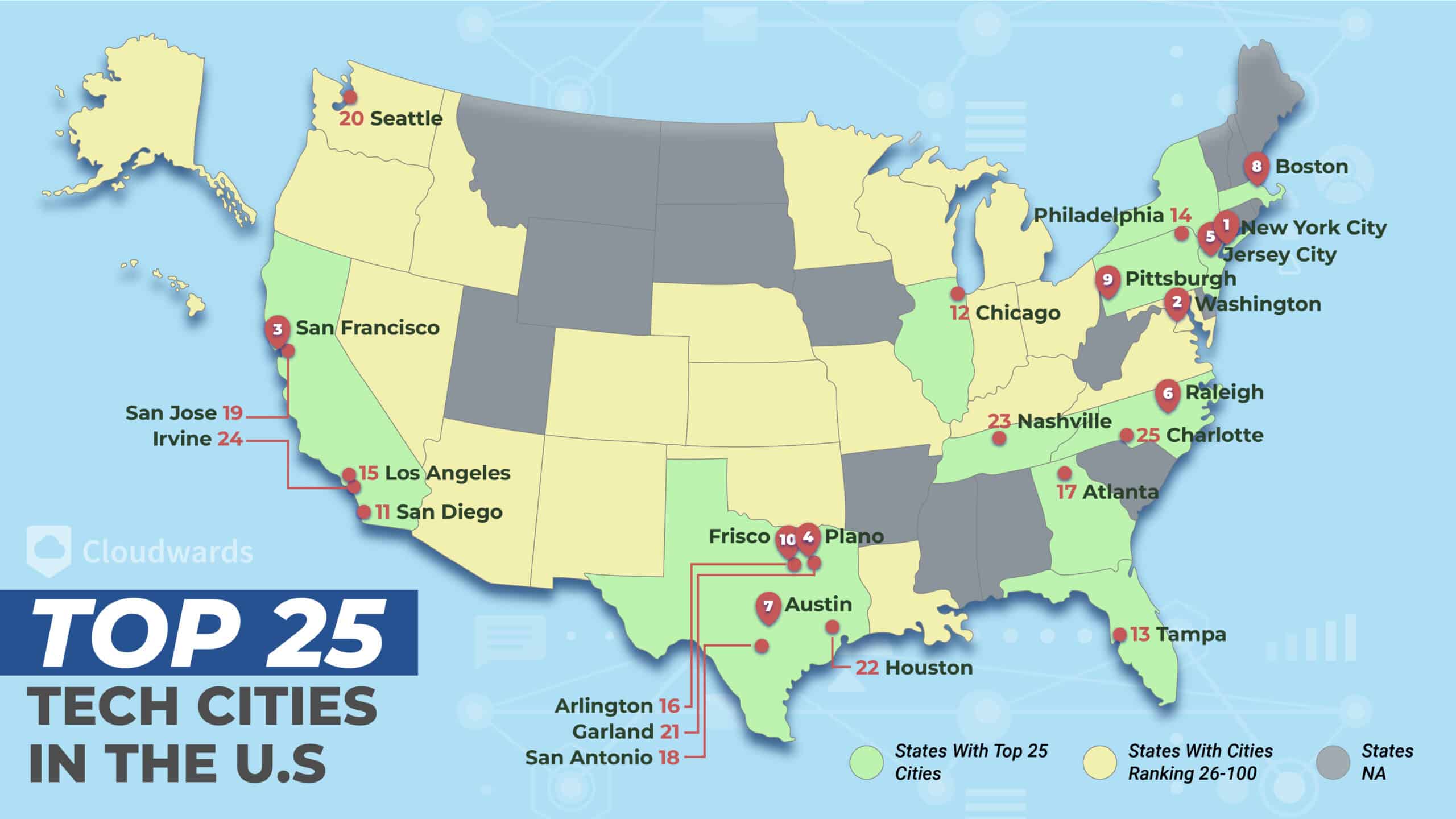How the workplace operates, especially flexible work arrangements, captivate job seekers, prompting many job listings to spotlight remote or hybrid work options. Interestingly, a significant portion of hybrid and remote workers say they would explore new job opportunities should their current employer opt out of offering remote work possibilities. These insights from Gallup underscore the paramount importance of flexible work options.
Regrettably, not every role that promotes flexible work arrangements delivers. While the labor market is fiercely competitive, especially for startups and small businesses wishing to attract top talent, some organizations are enticing potential candidates with the prospect of flexible schedules, only for these newly hired individuals to realize the actual job flexibility falls short of the initial representation.
As remote work and flexible schedules have evolved, many organizations have established sensible guidelines concerning office presence and work frequency. However, the degree of flexibility varies, and not all recruiters are forthright about these nuances during job interviews.
Candidates who find recruiters and hiring managers omitting specific details about flexible work policies often feel misled. Maintaining honesty in job descriptions – and throughout the recruitment process – is imperative to ensure a good match is found for the organization. Employers should cultivate transparency, prioritize organizational culture, and exercise thoughtful consideration of their policies.
Clarity is Key
Many prospective candidates yearn for flexible work opportunities, recognizing that some constraints may apply. A recent McKinsey survey revealed that 58 percent of Americans engage in remote work at least once a week, with 35 percent enjoying the possibility of remote work for the entire workweek. Given the wide spectrum of policies, astute job seekers acknowledge that their next employer's stance on remote work might differ from their current one.
As startups compete with larger employers for the same talent, they may be apprehensive about outlining their remote or hybrid work policies, especially if their flexibility is less generous than that of competitors. Yet, this strategy ultimately squanders time and resources, as candidates who place high value on flexibility are unlikely to take an offer that falls short of their expectations, and these perceived deceptions could tarnish the employer’s brand.
The optimal approach is to communicate policies unequivocally in the job description and address them during interviews. While excessive detail isn't necessary, job postings can concisely indicate the number of mandatory office days.
Cultivating a Cohesive Culture
Skill set and experience might align perfectly with a role, but without a compatible cultural fit, candidates might struggle. When businesses withhold key information about their flexible work policies, they undermine the trust pivotal to fostering a strong organizational culture. This approach also misrepresents the culture, which is intricately shaped by the "how" and "when" of employee work arrangements.
While it's true that candidly sharing flexible work policies could lead some candidates to self-select out of the application process due to their desire for more flexibility, the converse is equally valid. Certain candidates might prefer spending more time in a collaborative office environment and might not pursue a job that seems excessively remote-focused.
Incorporating explicit communication about flexible work policies during recruitment not only fosters understanding of these policies but also provides insight into how these policies contribute to the organizational culture. This approach aids in identifying candidates who align well with the culture, which is paramount in all stages of a company’s growth.
Evaluating the Approach
There is likely a reason why businesses withhold information about their flexible work policies. Recruiters may feel that adhering to their employer's policies could hinder their ability to attract top-tier candidates, especially if the industry standard embraces extensive flexibility. However, misrepresenting the extent of flexible work arrangements is not a viable solution. Instead, businesses should reevaluate their standards.
Each business has unique requirements, some of which necessitate a greater in-office presence. Collaborative teams or departments might benefit from face-to-face brainstorming sessions more than teams operating more independently. However, if research indicates that competing organizations offer more flexibility, businesses need to be prepared to articulate their rationale – if they have one. If they do not have a sound business reason for their position, it might be worth reevaluating their stance on it.
The crux of reevaluating flexible work policies lies in comprehending the underlying reasons for these policies and effectively communicating them to new hires and existing employees. Candidates are more likely to accept limitations on flexible work arrangements when they perceive a sound justification from their potential employer.
Embracing transparency, nurturing a strong corporate culture, and critically assessing existing policies will help organizations manage expectations surrounding flexible work arrangements, thereby attracting the right candidates for the business.
------
Karen Leal is performance specialist with Houston-based Insperity, a provider of human resources offering a suite of scalable HR solutions available in the marketplace.

















